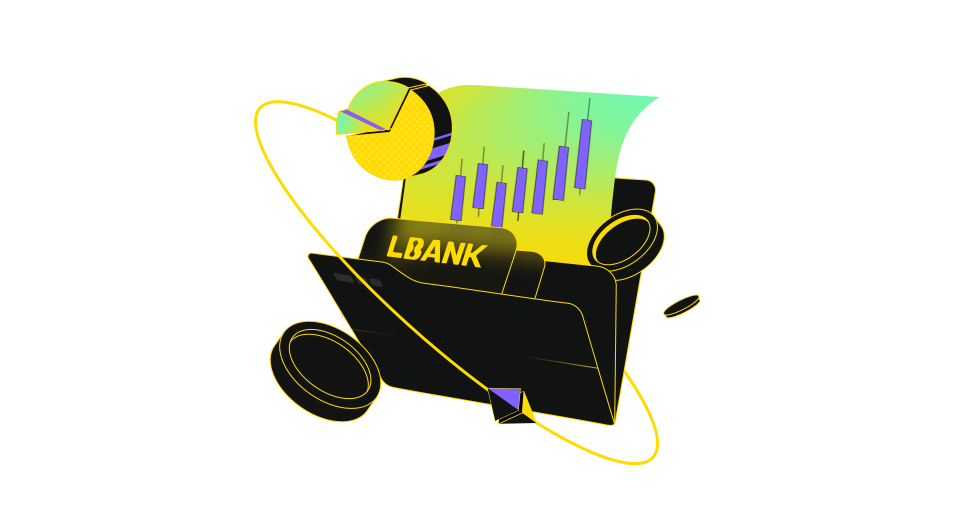"Understanding Forward Testing: Essential for Validating Backtest Results in Real Market Conditions."
What is Forward Testing and Why is it Important After Backtesting?
In the world of technical analysis and
trading, the ability to evaluate the effectiveness of a trading strategy is crucial for success. While backtesting is a widely used method to assess how a strategy would have performed using historical data, it has its limitations. This is where forward testing comes into play. Forward testing, also known as walk-forward optimization, is a method that evaluates the performance of trading strategies by applying them to future data sets. This approach provides a more realistic view of how a strategy might perform in real-time market conditions, making it an essential step after backtesting.
Understanding Forward Testing
Forward testing is a process that involves simulating a trading strategy on data that was not used during the strategy's development or optimization. Unlike backtesting, which relies solely on historical data, forward testing uses future data to assess the strategy's performance. This method helps traders understand how well their strategy can adapt to changing market conditions, new economic indicators, and unforeseen events.
The process typically involves dividing the available data into two sets: a training set and a testing set. The strategy is first optimized using the training set, and then its performance is evaluated on the unseen testing set. This approach ensures that the strategy is not overly tailored to the specific data used during optimization, which can lead to overfitting and poor performance in real-world scenarios.
Why is Forward Testing Important After Backtesting?
Backtesting is a valuable tool for evaluating trading strategies, but it has its limitations. One of the main drawbacks of backtesting is that it relies on historical data, which may not accurately reflect future market conditions. Markets are dynamic and constantly evolving, and a strategy that performed well in the past may not necessarily perform well in the future. This is where forward testing becomes essential.
1. Realistic Evaluation of Strategy Performance
Forward testing provides a more realistic evaluation of a strategy's performance by simulating real-time market conditions. By applying the strategy to future data, traders can gain insights into how the strategy might perform in actual trading scenarios. This is particularly important for identifying potential weaknesses or vulnerabilities in the strategy that may not be apparent through backtesting alone.
2. Risk Management
One of the key benefits of forward testing is its ability to help traders manage risk. By evaluating the strategy's performance on future data, traders can identify potential risks and make necessary adjustments to mitigate them. This is crucial for ensuring that the strategy can withstand various market conditions and reduce the likelihood of significant losses.
3. Adaptability to Changing Market Conditions
Markets are influenced by a wide range of factors, including economic indicators, geopolitical events, and changes in market sentiment. Forward testing allows traders to assess how well their strategy can adapt to these changing conditions. This adaptability is essential for long-term success in trading, as it ensures that the strategy remains effective even as market dynamics evolve.
4. Avoiding Over-Optimization
One of the challenges in backtesting is over-optimization, where a strategy is overly tailored to the specific data set used during optimization. This can lead to poor performance in real-world scenarios, as the strategy may not generalize well to new data. Forward testing helps mitigate this risk by evaluating the strategy on unseen data, ensuring that it is robust and not overly dependent on the specific conditions of the training set.
Recent Developments in Forward Testing
The field of forward testing has seen significant advancements in recent years, driven by developments in technology and the increasing complexity of financial markets. Some of the key developments include:
1. Integration of AI and Machine Learning
The integration of artificial intelligence (AI) and machine learning techniques has enhanced the efficiency and accuracy of forward testing. These tools can analyze vast amounts of data quickly and identify complex patterns that may not be apparent through traditional methods. This allows traders to develop more sophisticated strategies that can adapt to changing market conditions.
2. Increased Use in Institutional Trading
Forward testing is becoming increasingly popular among institutional traders who need robust strategies that can withstand various market scenarios. Institutional traders often have access to large amounts of data and advanced tools, making forward testing an essential part of their strategy development process.
3. Regulatory Compliance
With the rise of regulatory requirements for transparency in trading practices, forward testing is gaining importance as it provides a transparent and auditable method for evaluating trading strategies. This is particularly important for institutional traders who need to demonstrate the effectiveness of their strategies to regulators and stakeholders.
Potential Challenges in Forward Testing
While forward testing offers many benefits, it is not without its challenges. Some of the potential pitfalls include:
1. Over-Optimization
One of the challenges in forward testing is over-optimization, where the strategy is overly tailored to the specific data set used for training. This can lead to poor performance in real-world scenarios, as the strategy may not generalize well to new data. To mitigate this risk, traders should use a diverse range of data sets and avoid overfitting the strategy to the training data.
2. Data Quality Issues
The quality of the data used for forward testing is crucial. Poor data quality can lead to inaccurate results, which might mislead traders. It is important to ensure that the data used for forward testing is accurate, complete, and representative of the market conditions that the strategy will be applied to.
Tools and Software for Forward Testing
There are various tools and software available for performing forward testing, ranging from proprietary systems developed by financial institutions to third-party solutions. Some of the popular tools include:
1. TradingView
TradingView is a widely used platform that offers a range of tools for technical analysis, including the ability to perform forward testing. The platform allows traders to create and test strategies using historical data and then apply them to future data sets.
2. QuantConnect
QuantConnect is a cloud-based platform that provides tools for developing, backtesting, and forward testing trading strategies. The platform supports a wide range of asset classes and allows traders to test their strategies on historical and future data.
Case Studies
Several case studies have demonstrated the effectiveness of forward testing in real-world scenarios. For example, a study by a leading financial institution showed that a strategy optimized using walk-forward optimization outperformed one optimized through backtesting alone by a significant margin. This highlights the importance of forward testing in developing robust and adaptable trading strategies.
Conclusion
Forward testing is a critical component of technical analysis that ensures trading strategies are robust and adaptable to changing market conditions. Its importance lies in providing a realistic evaluation of strategy performance, which is essential for risk management and long-term success in trading. By incorporating forward testing into their analysis, traders can make more informed decisions and develop strategies that are better equipped to handle the complexities of real-world markets.
In summary, while backtesting is a valuable tool for evaluating trading strategies, it is not sufficient on its own. Forward testing provides a more realistic and comprehensive assessment of a strategy's performance, helping traders identify potential risks, adapt to changing market conditions, and avoid over-optimization. As the financial markets continue to evolve, forward testing will remain an essential practice for traders seeking to develop effective and resilient trading strategies.



